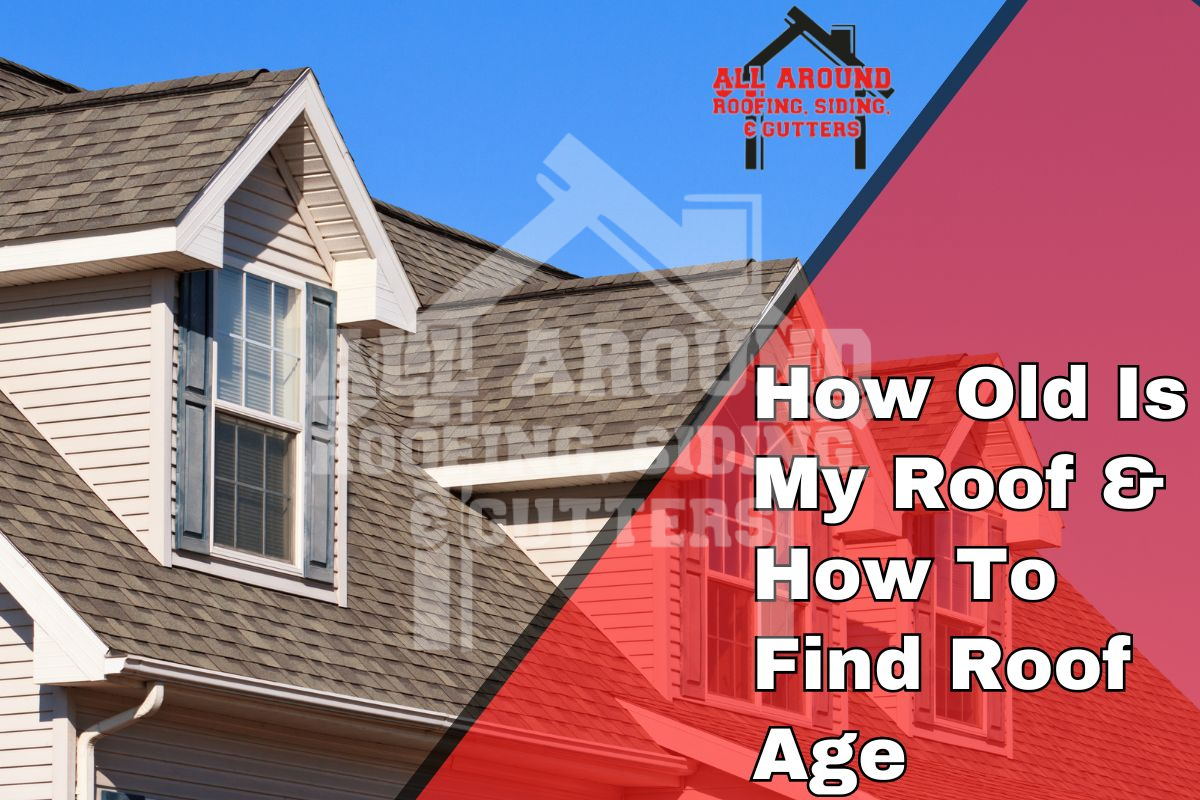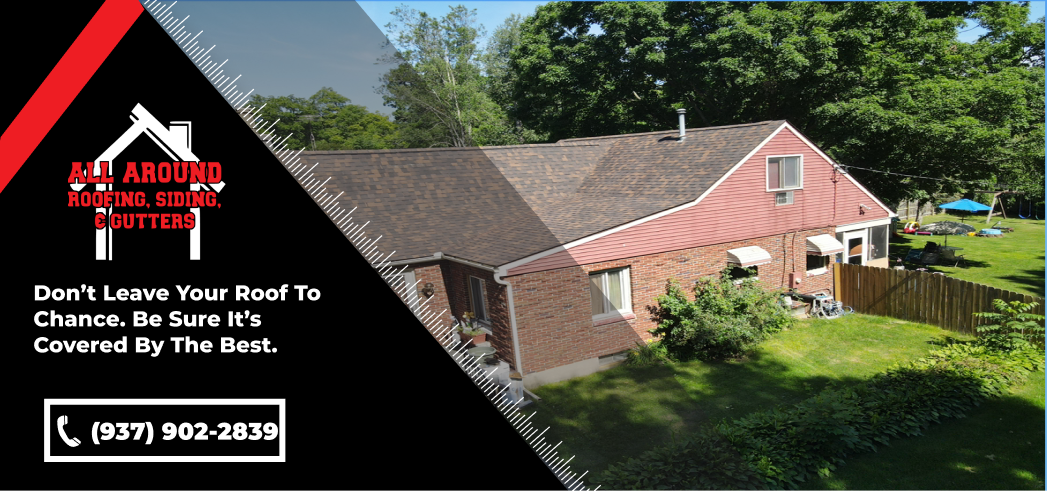Year after year, your roof protects your home from the weather like a shield. Still, it ages with time like any other component of your home, enduring deterioration from the sun, wind, rain, and snow. Understanding how old your roof is will help you maintain it properly and schedule any necessary repairs or replacements.
In this blog post, we’ll go over how to determine roof age, the value of knowing how old your roof is, and signs you need a roof replacement.
How Do You Find Out The Age Of A Roof?
1. Ask the Previous Owners:
Reach out to the former occupants of your home to gather insights about the roof’s age. They will likely recall when it was last replaced, providing valuable information for planning future maintenance.
2. Find the Building Permit:
Contact your local government to check if a building permit was issued for your roof installation. Permits typically include installation dates, offering precise information about your roof’s age.
3. Request a Copy of the Receipt from the Roof Replacement Company:
If you know the roofing company that worked on your home, ask for a copy of the receipt or invoice. This official documentation confirms the installation date, helping you accurately determine your roof’s age.
4. Get an Estimate from a Home Inspector or Roofing Company:
When unsure, seek a professional assessment from a home inspector or roofing company. Their expertise allows for a thorough evaluation, aiding in determining your maintenance or replacement needs.
5. Look for Manufacturer Labels or Stamps:
Check for labels or stamps on the roofing materials indicating their production date. This provides a general estimate of the age of the roof.
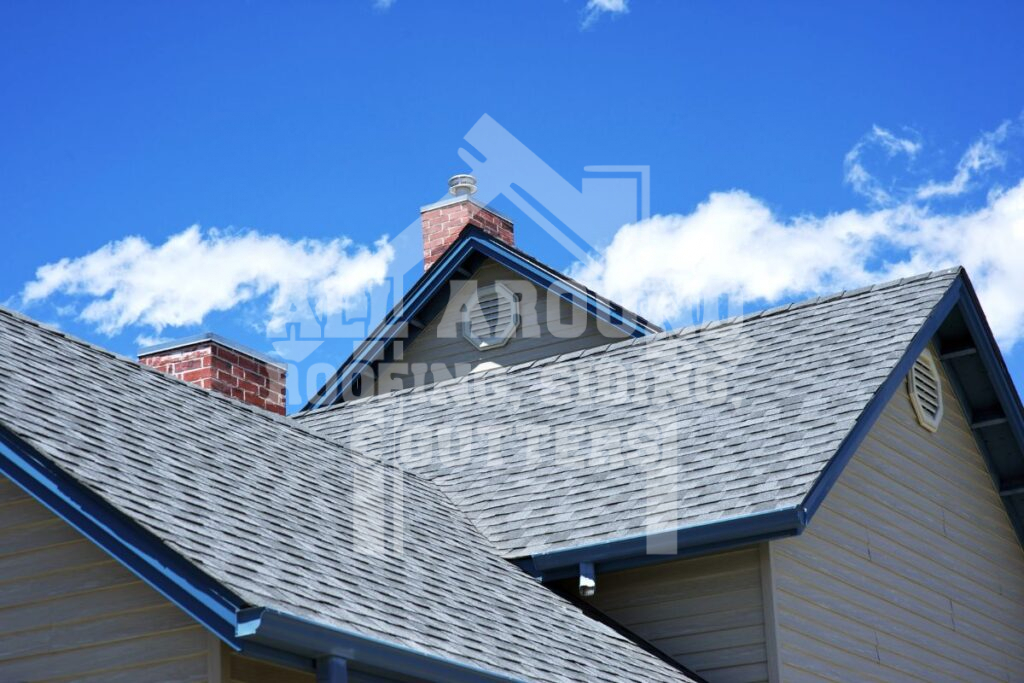
Alternative Ways To Figure Out The Age Of A Roof
Assessing your roof’s age involves evaluating its estimated remaining useful life through three main factors: shingle pliability and physical integrity, bonds between shingles, and granule loss patterns.
Additionally, shingle design, quality, and regional weather conditions should be considered when determining the remaining lifespan of your roof. Thicker shingles generally last longer, but examining granule adhesion and the quality of the seals is crucial.
Signs of an Aging Roof
1. Increased Energy Bills
An aging roof can cause problems like gaps, cracks, or inadequate insulation, which can further cause heat gain in the summer and loss in the winter. Your HVAC system may have to work harder as a result of this inefficiency, which will raise your energy costs and utility bills. Keeping an eye on energy expenses can assist in spotting possible roof aging problems early on.
2. Loss of Shingle Granules
The granules that shield shingles from the sun, rain, and wind can wear off over time. Shingles are more prone to deterioration, leaks, and roof damage when granules begin to fall off.
3. Water Damage In The Attic
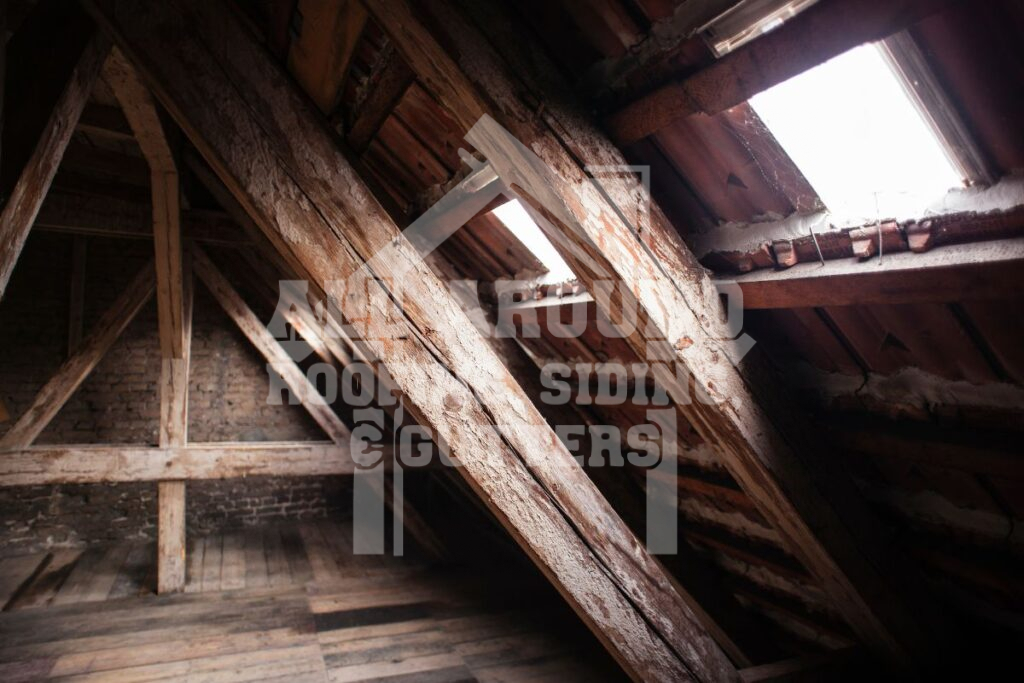
Water stains, leaks, or attic moisture are telltale signs of roof problems. Water can seep into the attic area of an aging roof due to weak points, cracks, or missing shingles. Attic water damage can result in mold growth, structural damage, and lowered indoor air quality.
4. Missing Shingles or Tiles
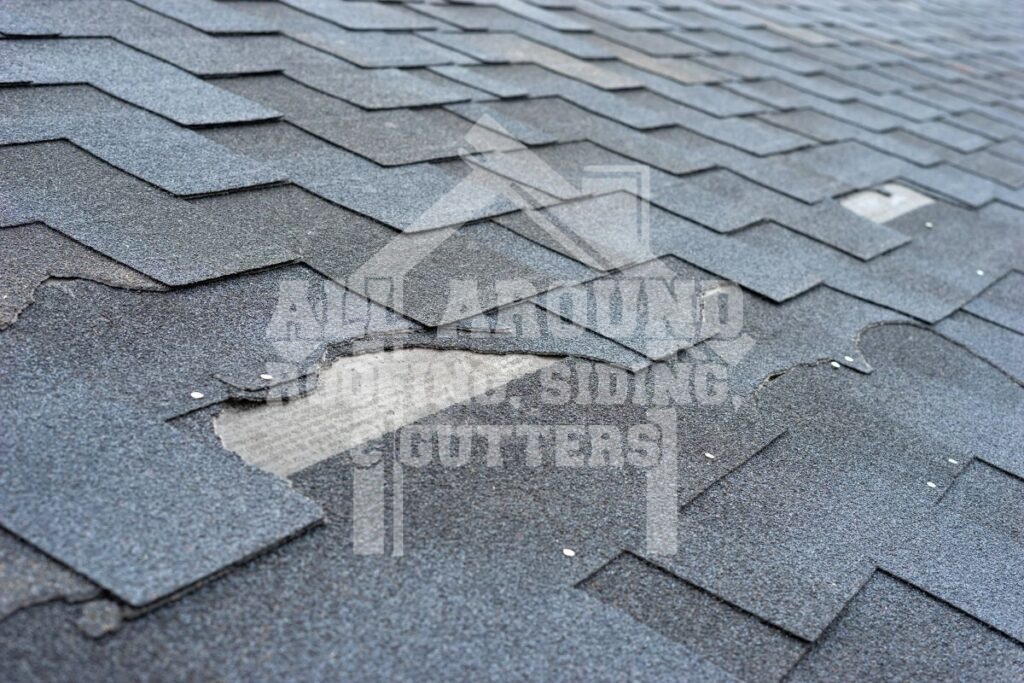
The roof is vulnerable to possible water damage and structural problems when shingles or tiles are missing. Gaps in the roof covering can cause leaks and jeopardize the integrity of the roof, regardless of the cause – wind damage, aging, or incorrect installation.
5. Rusted Roof Valleys
Roof valleys help direct water into the gutter system. Long-term moisture exposure can cause corrosion and possible leaks, as indicated by rust in roof valleys. The capacity of rusted valleys to efficiently shed water from the roof is compromised, raising the possibility of water damage to the underlying structure.
6. Sagging and Moss Growth
Roof sagging may be a sign of structural problems, water damage, or insufficient support. In order to stop additional damage or collapse, roof sagging is a major concern that needs to be addressed right away. Moss growth on the surface of the roof indicates moisture retention, which can speed up the deterioration of the roof.
7. Gaps in Chimney Flashing
In order to stop water intrusion, chimney flashing seals the joint between the chimney and the roof. Water can enter the roof system when this flashing deteriorates or comes loose over time. If not fixed right away, gaps in the chimney flashing can result in leaks, water damage, and structural problems.
8. Torn or Cracked Shingles
A roof’s first line of defense is its shingles. Shingles that are ripped or cracked are a glaring sign of deterioration. Shingle damage can let moisture into the roof structure below, which can cause leaks and additional deterioration.
The Importance of Knowing Roof Age
- Financial Planning: Knowing your roof’s age helps budget for repairs or replacements as materials degrade.
- Safety Assurance: Understanding roof age ensures it can withstand any weather conditions, maintaining the structure of your home.
- Property Value: A well-maintained roof boosts property value, while an aging one reduces appeal.
- Efficiency Improvement: Knowing roof age allows you to plan to upgrade to more efficient materials, cutting energy costs.
- Insurance Influence: Roof age affects coverage and premiums, as some insurance companies require replacements once your roof reaches a certain age to continue coverage.
- Maintenance Planning: Knowing its age aids in planning repairs, ensuring longevity.
- Replacement Guidance: Understanding roof age guides replacement decisions, especially nearing the end of its lifespan.
Are There Any DIY Methods For Assessing The Age And Condition Of A Roof?
Simple methods exist for figuring out how old your roof is and its current condition. You can start by checking any home improvement records you have or looking at when other homes in your neighborhood were built. Additionally, doing a visual inspection can reveal signs of aging, such as shingles that are curling or moss growth.
While these DIY methods can give you a basic idea, it’s better to consult a professional roofing contractor for a more detailed inspection. They can spot less obvious signs of aging and give you expert advice on whether your roof needs maintenance, repairs, or even replacement.
Getting a professional evaluation can help you better understand your roof’s lifespan and catch any problems early, potentially saving you money on more extensive repairs later on.
At What Age Should A Roof Be Replaced?
Roofs should generally be replaced based on their age and the materials they’re made of. For instance, asphalt shingle roofs typically last around 20 years, whereas materials like clay tiles can endure for 50 to 100 years. Various factors, including the type of roofing material, climate conditions, and upkeep, affect a roof’s lifespan.
Regular inspections and maintenance are essential for spotting signs of wear and deciding when replacement is necessary. To prevent problems like leaks and water damage, it’s advisable to consider a new roof before it reaches its expected lifespan.
Conclusion
Identifying signs of aging and assessing your roof’s age can help you maintain its safety and protection proactively. Whether by checking building permits, reviewing inspection reports, or seeking professional assessments, investing in this knowledge can prevent future issues and expenses.
For expert roofing services and assistance in ensuring your roof’s longevity, look no further than All Around Roofing, Siding & Gutters. With our proven expertise and commitment to quality, we’re your trusted partner for all your roofing needs. For the best roofing services, give us a call at (937) 902-2839.

